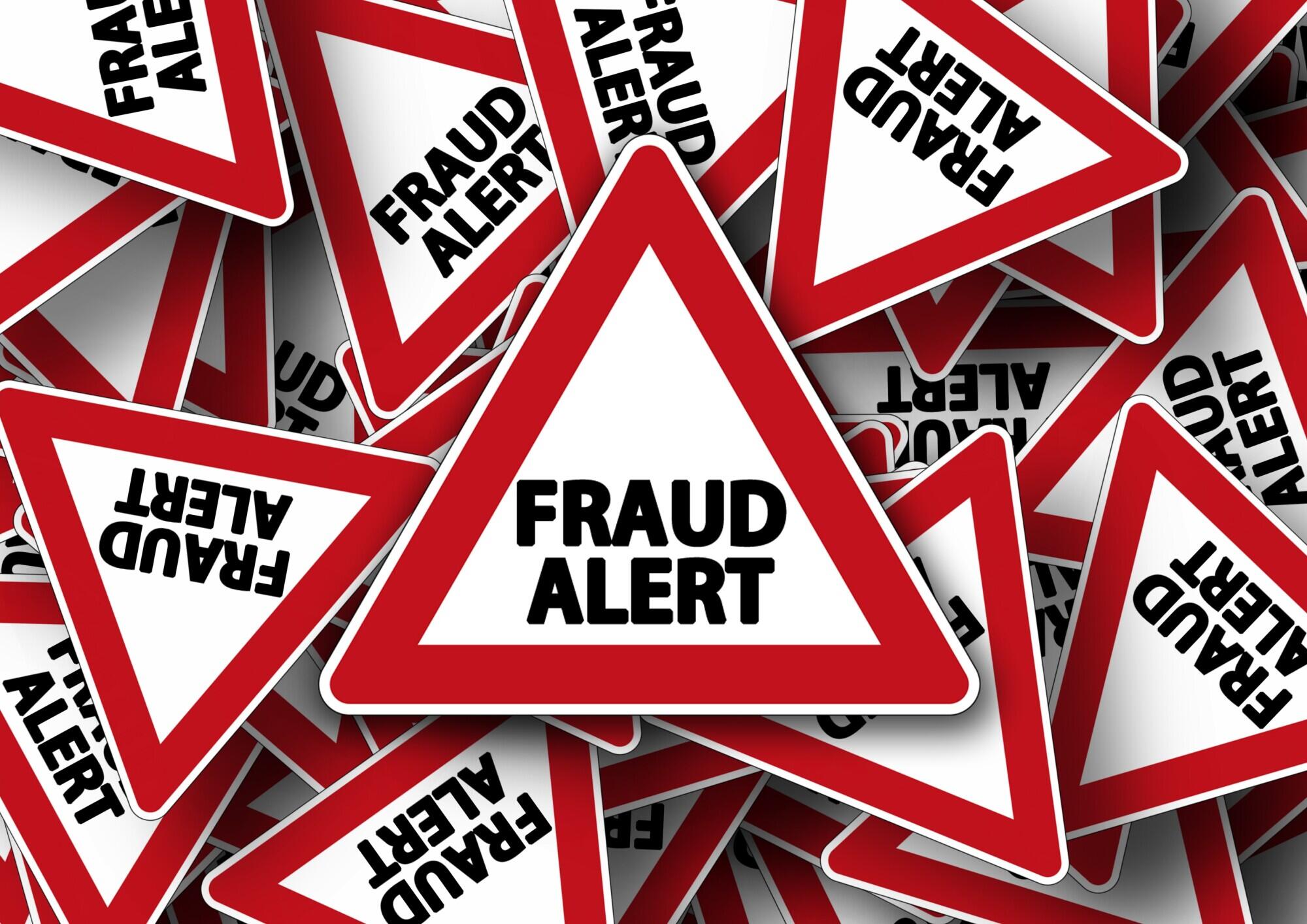In the typical discovery process, it’s not hard to find yourself buried under a document dump that can seem virtually impossible to dig yourself out of. The amount of digital evidence available in litigation is growing rapidly, after all, with cases that once involved thousands of emails now involving hundreds of thousands and matters that once required no eDiscovery now including significant amounts of digital evidence. Inefficient processes can make handling these burdens even more burdensome.
Thankfully, technology has made it much easier to cull through massive amounts of data in order to get to the information that matters. Modern discovery software can cut through enormous amounts of ESI in a fraction of the time it would have once taken. Thousands of once tedious steps can now be handled instantly, allowing you to quickly gain powerful evidentiary insights.
But even then, it’s possible to find yourself expending needless energy reviewing documents you don’t need to review if your software can't direct you to the most worthwhile docs. An effective discovery solution needs to not just know what documents are duplicates and which ones hit for your selected criteria. In addition to all that, it needs to help you get through the resulting documents in the most efficient way possible.
One simple way to do that is email thread detection. Thread detection lets you jump directly to the email that matters—the last one in the thread—so that you never have to review more documents than necessary.
To illustrate the benefit of email thread detection, take a typical email conversation. One custodian, we’ll call him Jerry, emails another custodian, who we’ll call Ben. If Jerry is lucky, Ben responds. An email thread is born, as the two begin to exchange messages back and forth. This can go on for hours, days, weeks, and generate dozens, even hundreds, of individual email files. While each email is its own individual document, it will also often contain the whole conversational history. To understand what’s happened in emails one to 12, you don’t have to read twelve emails. You just need to read the last one. Thread detection lets you do just that, allowing you to quickly recognize which emails are part of a longer thread and which are the final email in that chain.

Of course, not all email conversations continue in a straight line, Ben replying to Jerry and Jerry to Ben over and over. Conversations can branch as more recipients are added and removed, as emails are forwarded and cc’d. For example, instead of the simple back and forth in the above example, imagine that Ben forwarded Jerry’s email to Burt. Ben and Burt have created a new branch in the conversation. Perhaps, seven emails later, Tom is looped in. Things can get complicated quickly.

In Logikcull, sifting through these complicated relationships between documents is easy. If an email is part of a thread, Logikcull will automatically recognize it as such, labelling it with a “Has Thread” quality control tag. QC tags are the key to effective review, allowing you instant transparency into your documents. QC tags show you which documents have revisions, which have comments, which are potentially privileged, and more. Here, if the email is the final email, it will have a “Last Email” QC tag.
The “Last Email” tag makes it fast and easy to cull your documents for review. Using this tag, for example, you can quickly create a power search to identify all emails that have threads and are tagged with “Last Email,” allowing you to quickly cull out those documents that don’t require your review. Further filters can be applied to narrow your review set down even more.
In all, email thread detection means less documents for you to review. That means less documents for you to review and more time to spend on the evidence that matters most.
This post was authored by Casey C. Sullivan, who leads education and awareness efforts at Logikcull. You can reach him at casey.sullivan@logikcull.com or on Twitter at @caseycsull.




